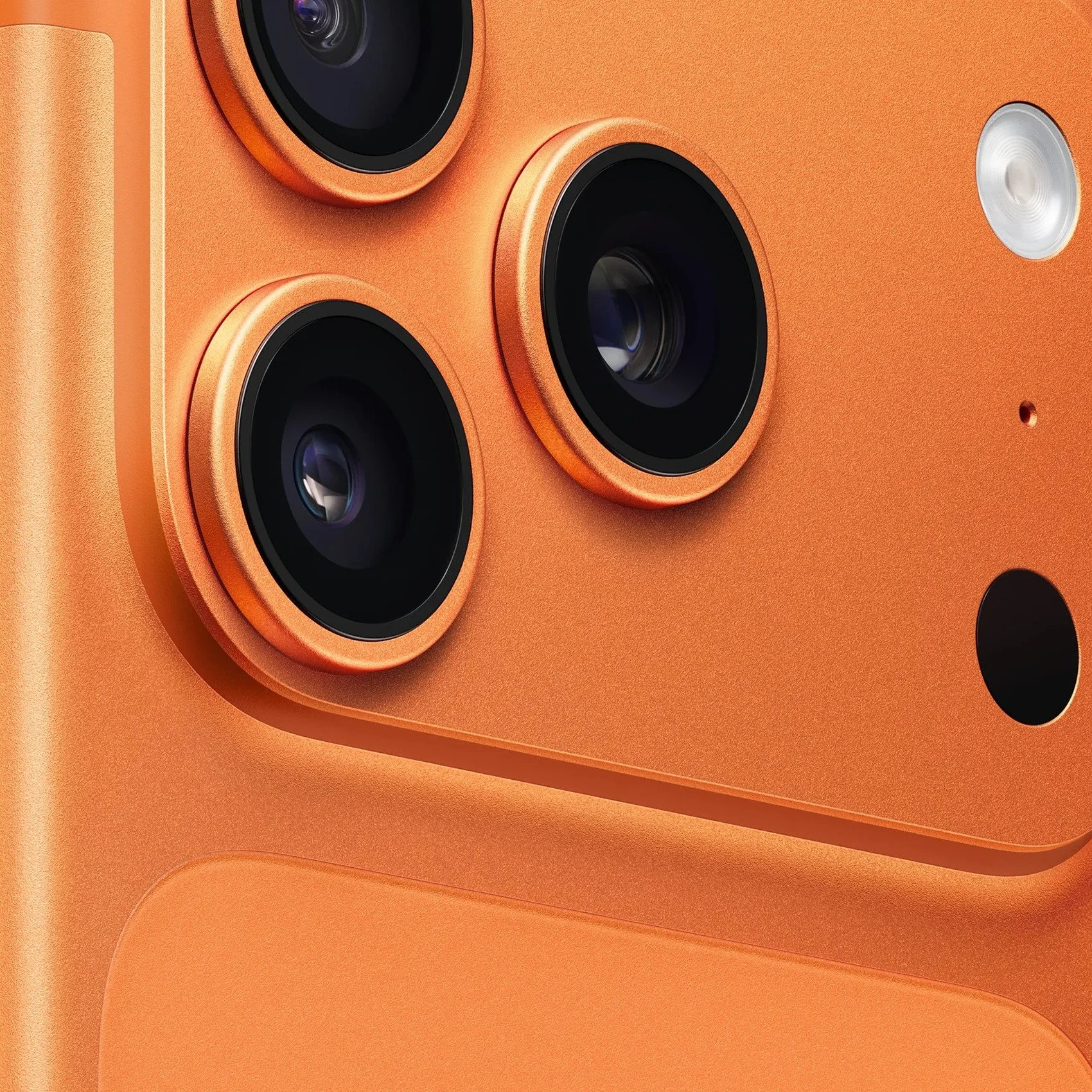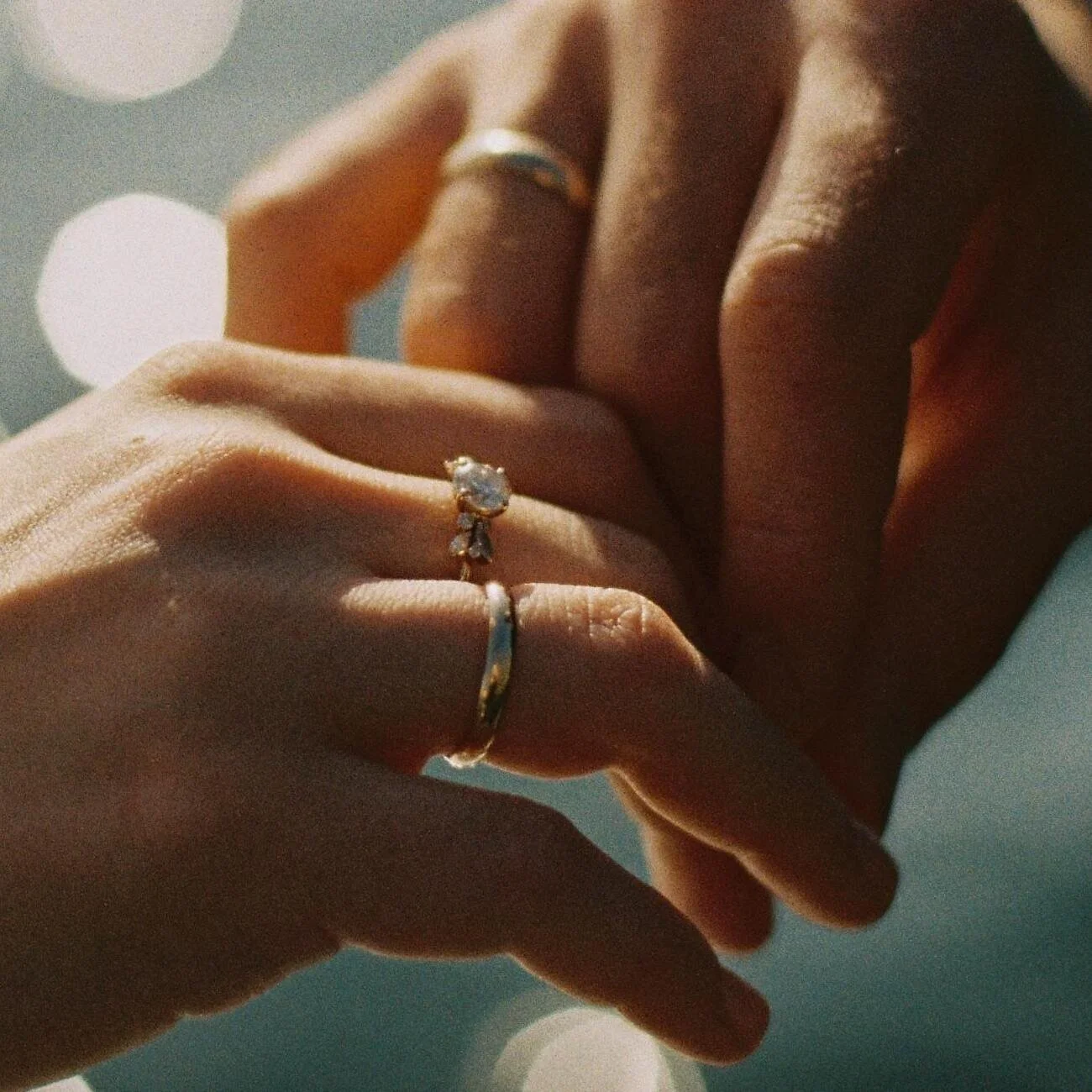Elevate the Quality of Your Pet Photography with these 8 Tips
If you love animals, a challenge, and the opportunity to create beautiful portraiture, you might consider offering custom pet portraits.
Pet portraits can be some of the most enjoyable photography you'll ever shoot. It can also come with some challenges if you're not prepared. Below we offer some essential tips to tackle or improve your pet portrait work.
Numbers & Figures of the Pet Industry
In the United States alone, consumers spend almost ten times as much on their pets as on cosmetics annually.
According to the American Pet Products Association's 2019-20 National Pet Owners Survey, an estimated 67.0% of U.S. households own a pet. And in 2019, they spent $10.3 billion on pet services. And as disposable income grows and the economy is strong, people are willing to spend money on their pets. That can be to the benefit of a pet photographer!
In the United States, there are just 2,617 pet photographers, according to IBIS World. That may sound like many photographers, but remember that 328.2 million people live in the U.S. That leaves enormous room for growth in the pet portrait industry, so let's get into those pet photography tips we promised you.
Pet Photography Tips
1. Build trust with your model
Just like you want a human model to feel comfortable with you as the photographer, you should strive for the same with a pet. The more comfortable they are with you, the easier it will be to photograph their true character. And that makes for the best portraits.
Plan to spend a few minutes before the session with the animal so they get to know you before you start pulling out equipment. Speak softly and don't make any sudden movements until they appear to be comfortable with you. And remember that animals are incredibly perceptive creatures. They will sense your nervousness or discomfort and respond to that.
2. Selecting a Site
Any portrait photographer understands the importance of the site or venue where they shoot portraits. There are so many variables involved that we could write a book about it. Here are a few essentials to consider for sites when shooting pet portraits:
Select a site as carefully as if you were photographing a human subject.
Consider the kind of animal you're photographing and how its temperament fits with the site. For example, a dog that is easily distracted might not be a good model at a public park filled with people.
Spend time discussing possible venues or sites with the pet owner. Do they have a specific site already in mind? Do they want to do it in their home or backyard? Take your cues from them, but also offer them some other ideas that you think would be ideal for their pet.
Choose backgrounds that are appropriate for the animal and that add to the portrait rather than detract.
Avoid background clutter, as that detracts from the picture.
Consider the weather, public presence (will it be crowded), and any potential restrictions on photography when you're creating a list of potential locations.
Consider costs or entrance fees to use a particular site.
As a photographer, you'll also want to weigh your own travel costs and time into your fees.
In some cases, it's possible that a certain pet will photograph best in a particular location. For example, if an owner tells you he and his pet spend a lot of time at the beach, and the dog loves to run and catch frisbees, you'd likely want to consider the beach as a potential location.
3. Bribery Works
We are all for "bribing" a pet model! Ask their owners in advance of the session to bring the pet's favorite treats and a few favorite toys. Then be prepared to bribe your animal model, first to get comfortable with you and then, perhaps, to entice them into certain spots or poses!
4. Natural Lighting
Treat any custom pet portrait session like you would one with a human. Like most portraits, you will want to aim for a bright but diffused light.
Plan the lighting ahead of the pet session.
Whenever possible, use natural light to your advantage. Not only can natural light be best for portraits, but it also doesn't involve equipment that could distract or scare an animal.
If you need to, move an animal alongside natural light from a window or doorway.
If you plan on shooting outdoors, we recommend scheduling your sessions, if possible, during the golden hours of early morning or late in the day, just before sunset. It's the best light for colors. Your portraits will instantly benefit from the sun's glow during those hours.
Avoid the harsh midday sun, and if that's when you must shoot the session, try to shoot in the shade.
If you must shoot indoors, use a bounced flash and reflectors to balance the light to either side of an animal's face.
Like with human models, aim for the eyes to be in complete focus - for the most poignant pet portraits possible. This can be a bit challenging with an animal that's fidgety or moving around. (Don't forget to use treats as an enticement to sit still!)
For an animal that's active during the session, you might treat it like sports photography and set your camera accordingly to track the focus on the eyes.
5. Shoot at Their Level
A mistake many new pet photographers make is to shoot from above the animal's height. This immediately distorts their size and overall perspective. To create great pet portraits, get down to their level to shoot pictures. Otherwise, you're just taking snapshots and not custom pet portraits! The best pet portraits we've seen have one thing in common: they're shot from the level of the animal.
6. Get Creative
What's a great image, if not something that captures the viewer's interest? And to capture interest, you should get creative with your pet photography. After all, pet owners didn't hire you to take a boring pet portrait! When they hire a professional, they want something that elevates a picture into something they can't do themselves.
For the best creative photography, advance planning - once again - works best. Think about the kind of animal you're photographing. What's a new or unusual approach to capturing their image? Can you compose a portrait that captures their true character or nature?
For example, when a pet owner tells you that their plump English Bulldog is a very laidback animal (also known as "lazy") that spends its days lying on its belly looking out a window, why not capture that in a portrait - may be shooting from outside the house toward the window? It's a true reflection of their beloved pet, after all. That's just one example, though. Try to create truly unique images that pet owners will love, portraits that evoke emotion.
Also, with some practice and time, you might find that you build a brand through a unique style that you develop and that attracts pet owners to your work.
7. Offer Image and Product Options
A variety of images creates interest and can offer your clients options from which to select a portrait they love. This means that besides being creative, you should shoot in ways that offer options of poses or activity. The more options a client has, the more likely they are to buy more than one portrait. While portrait photographers are artists, they ultimately run a business and need/want to sell their work.
Try capturing images of the pet doing different activities, behaving in different ways, or even in different venues or with various backgrounds.
Move them around, whether you're in the studio, in a backyard, or a park.
Use various props, including their favorite toy or even treat.
Sit them in several places, like a bench or even on a picnic table, for something different.
Some pet owners like to dress up their pets in various costumes, bows, or jackets. Why not shoot a few with the pet dressed up?
It's up to you as the photographer to assess beforehand what kind of portrait your client wants and then cater to that. But, in addition, a savvy business person - and a clever photographer - also offers more than what the client thinks they want. That means offering them more from which to choose.
8. Patience & Practice
In pet photography, as in most photography, patient and practice are virtue and a must. The more patient you are with yourself and your model, the better the outcome. The more practice you have, the better you will become like a pet photographer. These are two elements of your behavior that are essentials if you want to elevate the quality of your work and attract more clients.
A photographer who loses his or her patience with a pet in front of a client isn't likely to be recommended to their friends or colleagues. And as with all photography, as we stated earlier, the more practice you get working with animals, the better you will become as an artist. If you're just starting, you can practice doing pet portraits of your own pet or a friend's.
So before you hang out your shingle as a pet photographer, work on getting some experience and practice patience with an uncooperative model! Offer to do custom pet portraits of friends' pets for free, so you can practice and improve your pet photography!





















